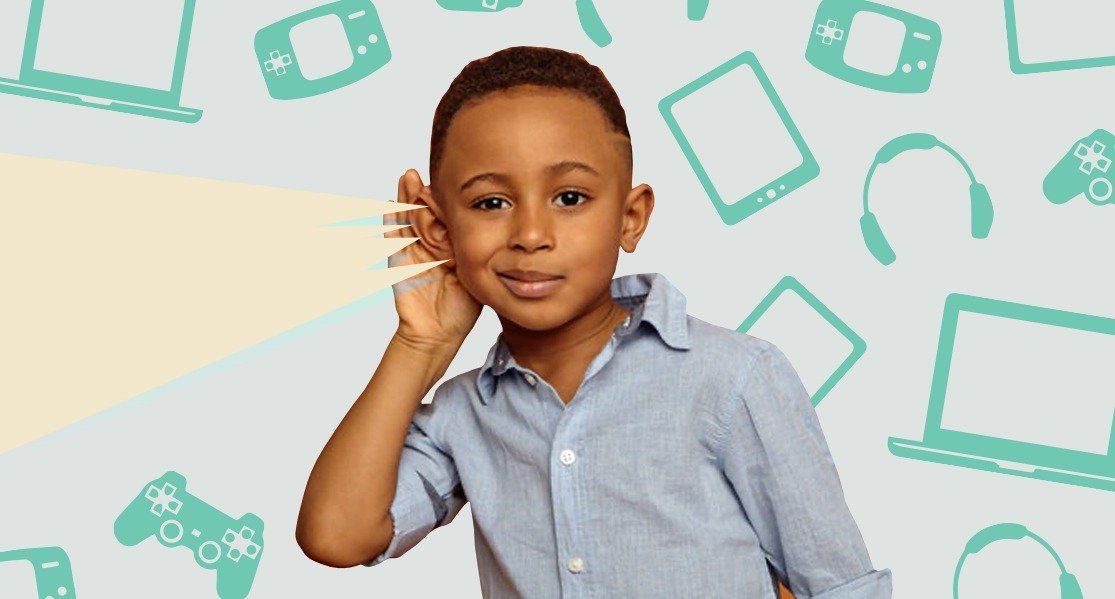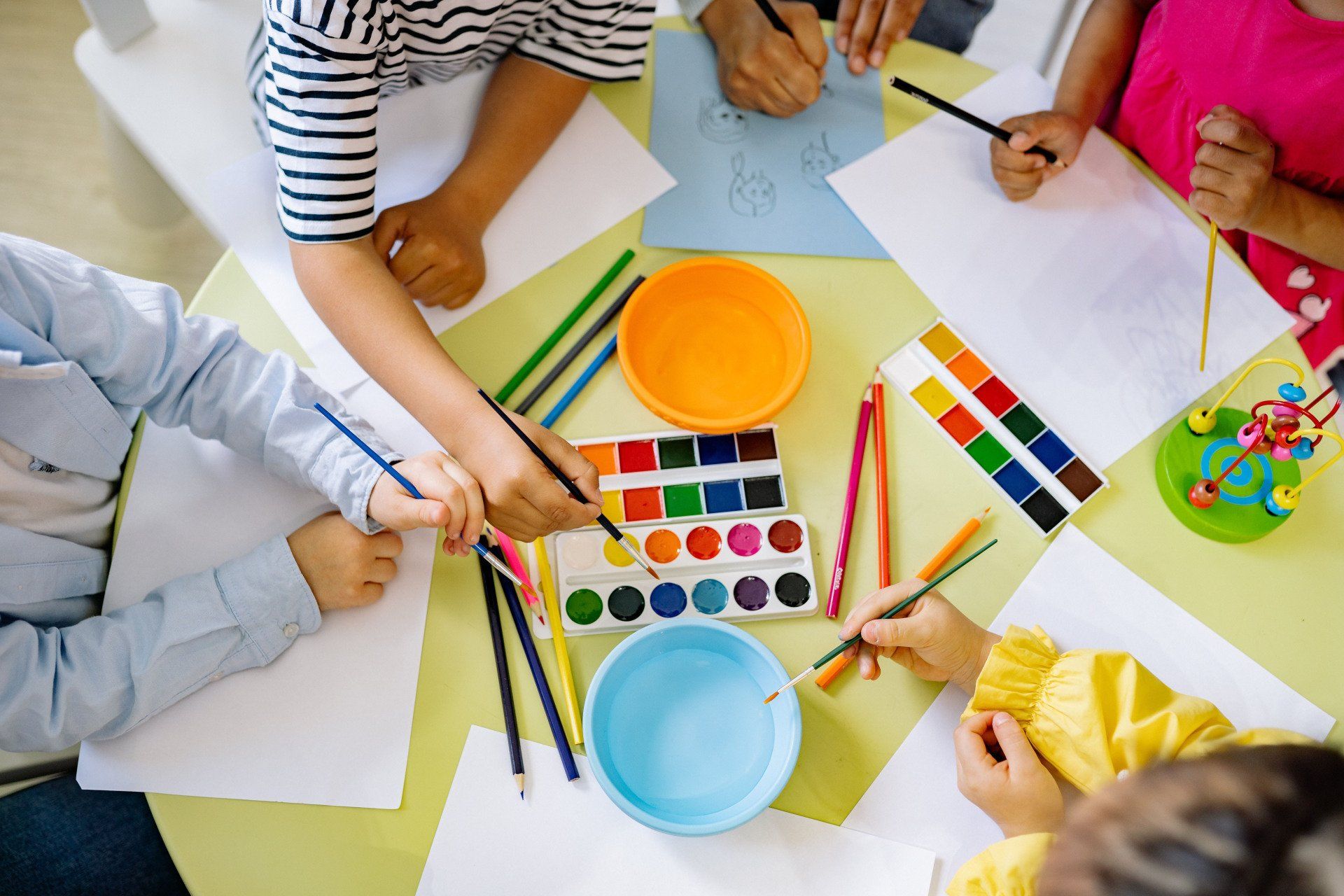CREATIVITY & ADHD
Creativity and ADHD
ADHD has been said to have a link with low levels of dopamine and norepinephrine in the brain, causing a low attention span and an inability to focus. Many ADHD medications will be prescribed with the intent to correct these levels, but what else is there available to give the brain a helping hand?
In my blog post on “The Minefield of ADHD” I talk about possible lifestyle changes, that can really help to manage the symptoms and stress caused by ADHD, such as getting more sleep, eating a healthy brain-food diet and getting active. But there is another hugely important tool in tackling ADHD , and that is increasing your creativity…
Dopamine is sometimes touted as the “creative chemical”, and there are reports of various artists, musicians , and poets actually taking dopamine pills to help increase their creative output. Professor Rivka Inzelberg in her study of Parkinsons patients and dopamine medication, lists one of the effects of the medication as increased creativity, with some patients developing new “talents” they did not previously present with. The connection between creative activity and levels of dopamine in the brain is an interesting one, if dopamine potentially elevates creativity, then could creativity elevate dopamine?
But what does this mean in ADHD terms – should we start prescribing Parkinsons pills to treat ADHD in the hope that the dopamine will alter the “imbalance”? No of course not, but should we encourage them to undertake more creative activities to potentially help increase their dopamine? I would argue- yes!
Creativity has been shown in many studies to have a positive effect on individuals. Such as the peer reviewed study by Ebersole and Hess (1998) listing the following benefits of creative activity:
- Create balance and order
- Give a sense of control over the external world
- Make something positive out of a loss, bad experience or depression
- Maintain your sense of integrity
- Help resolve conflicts
- Make thought and feeling clear
- A greater sense of well-being and personal growth
Any parent of an ADHD child or adult ADHD sufferer will tell you that the idea of “creating balance and order” sounds like a far-fetched dream, but perhaps by increasing yours or your child’s creative output, you might just get there!
Creativity can also increase confidence in the child who might otherwise struggle in the “classic” academic subjects ,due to an inability to “sit down and listen”. Creativity in its essence is totally individual and in his wonderful TED talk “You are a lot more creative than you think” renowned artist John Paul Caponigro tells us how to appreciate and get in touch with our individual creativity. There is no right or wrong way to be creative, unlike many of the more staid and stoic academic subjects such as Maths or Science, everyone is good at being creative.
Even more encouragingly , Holly A. White from the University of Memphis and Priti Shah of the University of Michigan, published an ADHD and creativity study showing: “adults with ADHD showed higher levels of original creative thinking … and higher levels of real-world creative achievement, compared to adults without ADHD.” So not only might creative activity help with low levels of dopamine but ADHD sufferers may actually possess an inherent talent for it!
There is still room for more evidence based research on the benefits of arts therapies and ADHD and it is one I hope to explore in the future, but I think the suggestions all seem to point to the idea that ADHD can be helped by some creative activity.



